|
Back in September of 2017, PtP posted to In The Pipe a discussion titled: “A Newish Pipe For In The Pipe”. This article dealt with a piping material (CSST) that has been around for some time but has been slow to become a serious competitor for rigid steel for fuel gas lines. In the article the author jokingly asked when and what would be the situation in which he employed this material for his first time. Well, that situation recently occurred and I thought it worthy of another In The Pipe. CSST (Corrugated Stainless Steel Tube) was developed in Japan, a very seismic location on our Big Blue Ball. Large earthquakes and rigid fuel gas piping make for a scary combination. (Seismic Automatic Gas Shut-Off Valves were also popularized in Japan.) After the Kobe earthquake and fire of 1995, California took notice. (Can anyone guess why?) Operating in a dangerously seismic California metropolis, yours truly well remembers what a pain-in-the-a** the first models of automatic gas shut-off valves were to reset when activated by vibrations of heavy trucks and equipment. They became code requirements in some California jurisdictions soon after the quake. Well, the author’s impetus to employ this flexible (CSST) piping material (although he was installing it in earthquake country) was not for ‘shake’n bake’ concerns. The old man had two reasons. One was ulterior and the second was quite honorable. The situation was not a replay of my first blog article, ‘A Newish Pipe…,’ crawling on his belly. On the job where the author employed this newish pipe he had good access, full standing height and good lighting. Yours truly chose to use CSST, first, out of concerns for the static integrity of the structure. And secondly, because the author just hates threading pipe. (How do sprinkler contractors remain sane?...or do they?) Pete needed to run a new gas line to serve a new, standing wall furnace on a ground floor remodel and also serve a full-standing kitchen range on the first floor, above. This meant boring 22, 2”x 10” floor joists with 1⅜ in. dia. holes. Because of the generous working-height yours truly could have run this ceiling line in individual short nipples and couplings. (The joists, due to their number were not deep enough to consider notching). (Maybe on 2 x 12’s or 2 x 14’s). To the author, short steel nipples represented too many joints (couplings) and possible future leaks. What to do? This was the perfect case for using CSST. Photo 1 The existing basement sited furnace for the home was already served by CSST (though the author saw no special reason for not using rigid pipe for this application. There was no need for boring of any holes in the framing.) He believes that that previous installing plumber’s calculations suggested the added cost of CSST tube and fittings were justified when considering the labor time for using the time consuming, cheaper steel pipe and fitting option. This previously installed CSST was a product of the same manufacturer of the material that the author used for his new job. However, during the time between the two installations, the outer sheathing of the tubing had been modified. The pre-installed tube (Photos 2 & 3) has a yellow sheath. The newer offering has a black sheath (Photos 4 & 5). What’s the difference?
There are two differences. The yellow sheath is: A) more flexible, and B) subject to failure by lightning. It was discovered the hard way that homes plumbed with the yellow (other colors by other manufacturers) developed pin holes in the stainless tube when charged by lightening, resulting in losses of structures by fire.
The blackness of the newer sheath material is the result of added carbon which makes the CSST act like a lightening rod. The carbonized sheath carries the charge to ground. No more fire worries. But, the carbon addition markedly reduces the degree of the CSST’s flexibility. With sloppy hole-boring on longer runs, this carbon sheathed material could be difficult to impossible to thread. Also, the author ran into some difficulty by using an offset in his pathway that proved to be at near the maximum the CSST could be flexed. Hence it required three pairs of hands tugging and pushing to thread the material through the bored holes in the joists. If you need to make a tight 90 degree bend, use a wrought steel 90 with two steel nipples and two CSST to steel adapter fittings as shown in the photos. The author ‘delegated’ the hole-boring to a trusted assistant who was ‘schooled’ on the importance of accuracy. Even so, due to the fact that the material is shipped in coils, and to some degree resists straightening, it was a three man job threading the tube from gas source to appliance stub-out. Time: maybe an hour plus a little. How much time would have been spent on installing threaded pipe? Maybe half a day, or more. The carbon sheathed CSST the author ran was 1-in. diameter. Bored holes were 1⅜ inch. All of the corrugations do cause a higher frictional loss than rigid piping. You can figure the CSST delivers 1/3 less CFH (cubic feet per hour) than equivalent diameter smooth bored rigid steel piping. For the smaller diameter ¾ in. CSST, threading it through bored framing (if done accurately) would be a considerably easier task. And, the more flexible non-carbon sheathed tube is still widely available by other manufacturers. (Use discretion.) The author advises that you have a helper and follow the manufacturer’s recommendations when employing CSST. It is a material which, when conscientiously handled and installed, can be a huge boon to solving difficult and or excessively time-consuming gas line work. Until Next Time, PtP
1 Comment
|
Author
Peter Hemp is a San Francisco East Bay residential plumber and plumbing author and former R & D steam vehicle plumber. His hobbies are ocean kayaking and touring the Left Coast by bicycle. Archives
September 2021
Categories |
|
|
Copyright © 2017 - 2022
All Rights Reserved
All Rights Reserved


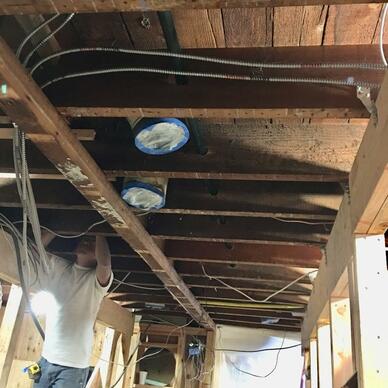
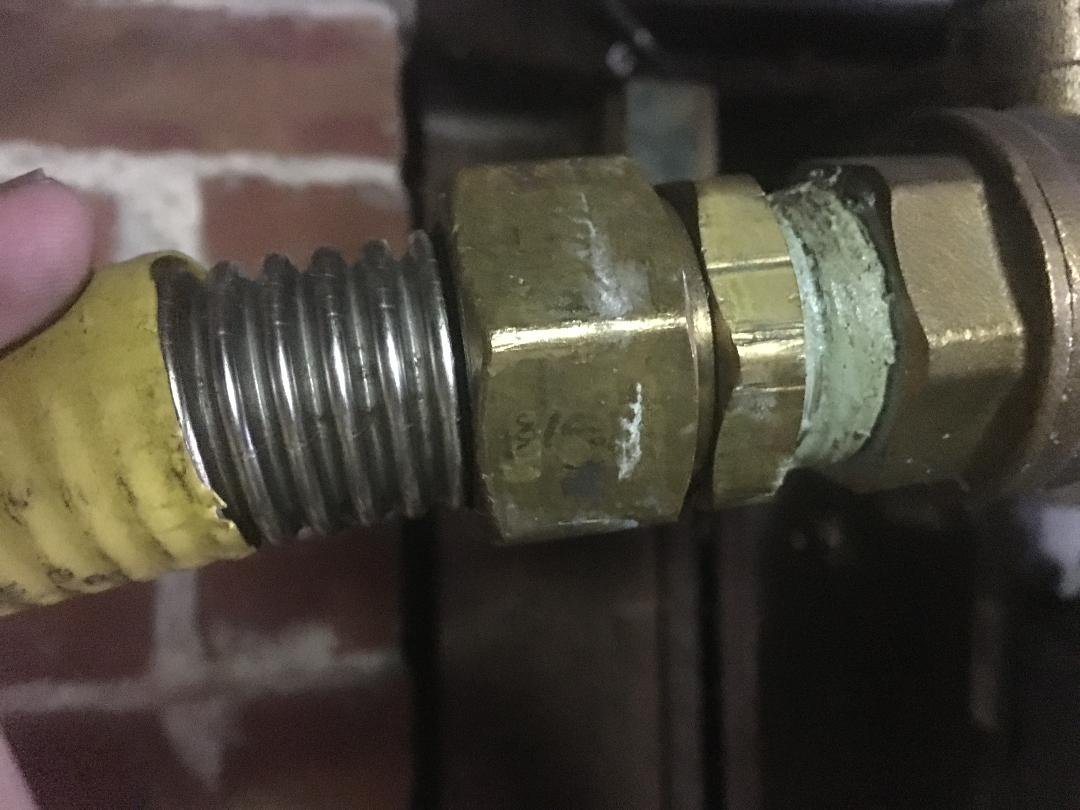
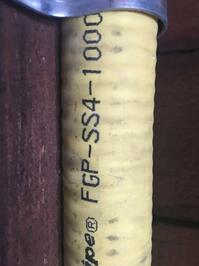
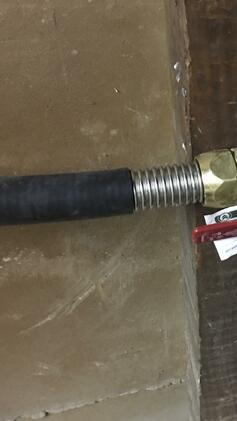
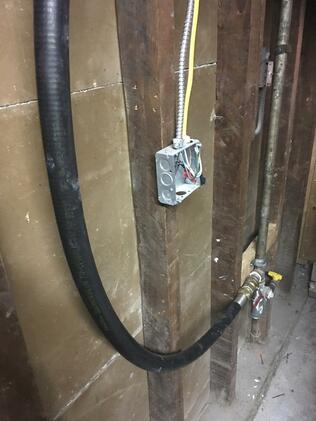

 RSS Feed
RSS Feed